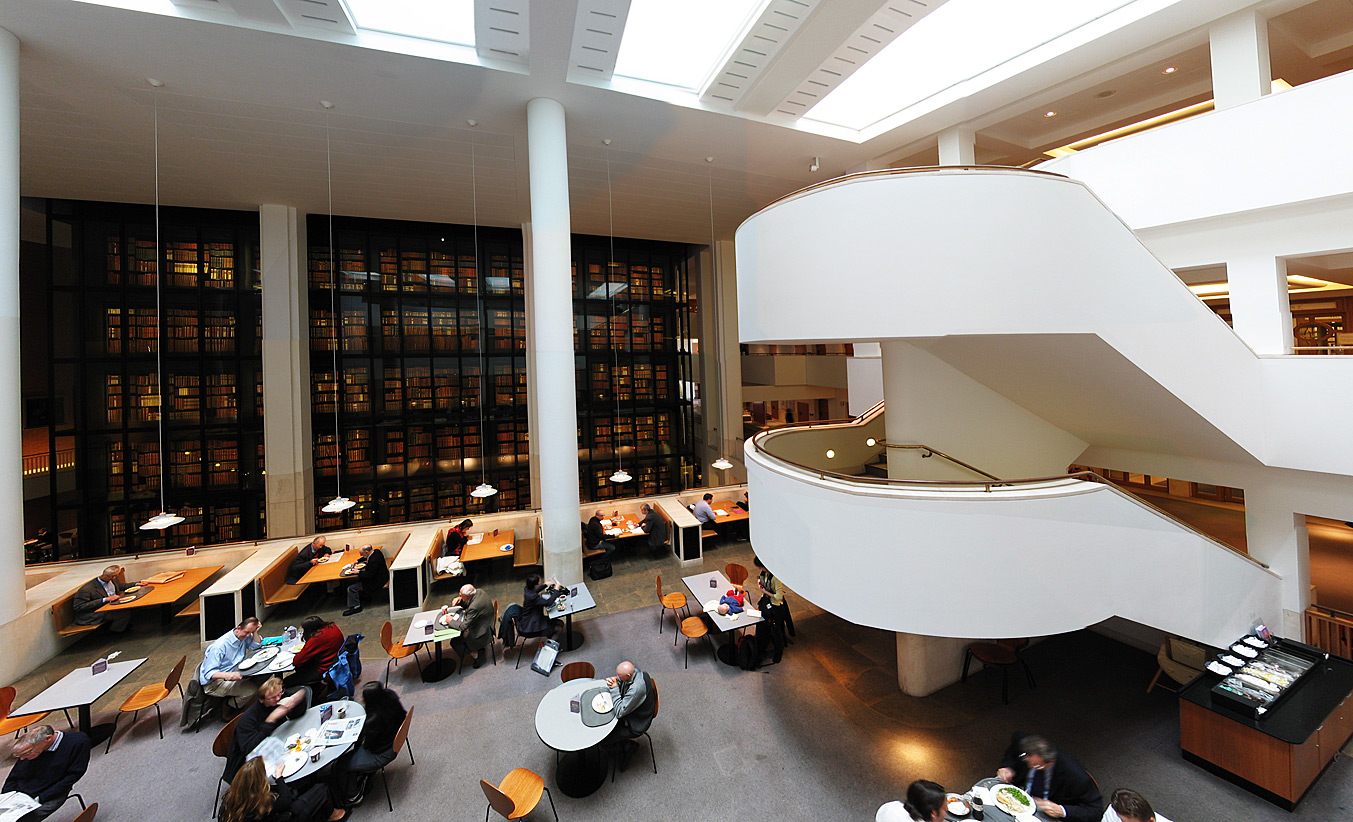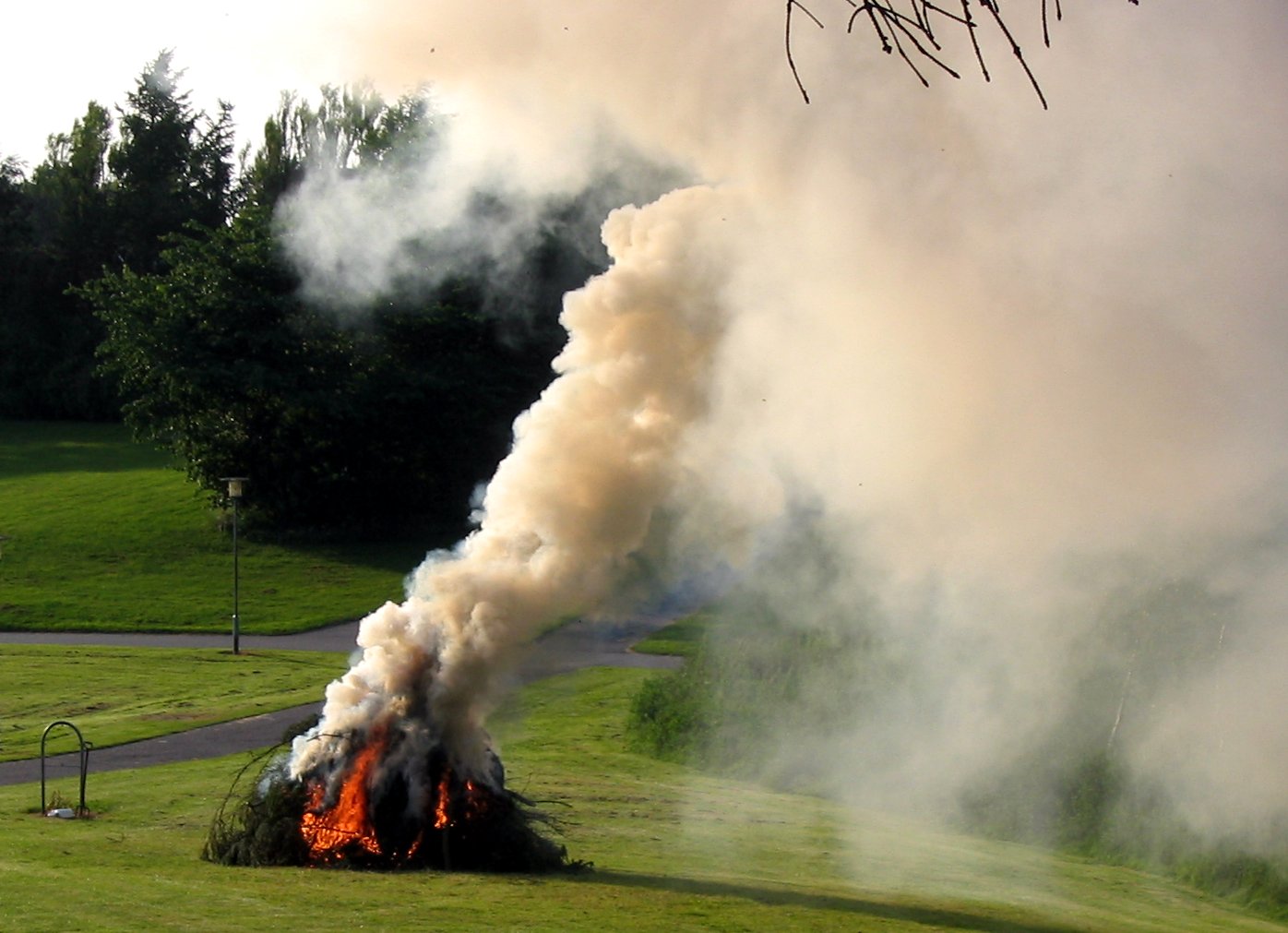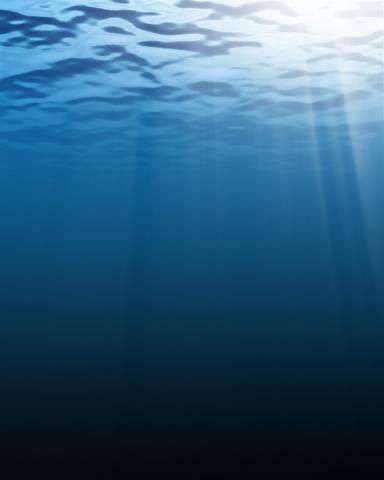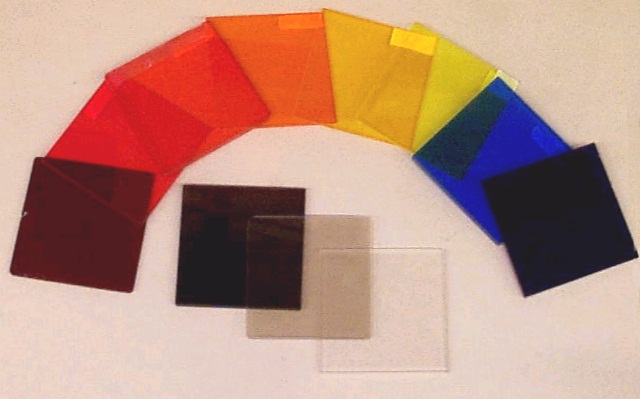|
Smoked Glass
Smoked glass is glass held in the smoke of a candle flame (or other inefficiently burning hydrocarbon) such that one surface of the sheet of glass is covered in a layer of smoke residue. The glass is used as a medium for recording pen traces in scientific instruments, and is also used to track pheromone deposition in ants The advantages of using the glass are that the recording medium is easily renewable (just re-smoke the glass), and that the trace obtained can easily be magnified by projection onto a suitable surface. A variation on this scheme is the use of smoked paper in early seismographs. The effect of smoked glass can be incorporated into glass manufacture by adding darkening materials, such that light passing through the glass is decreased in brightness. It can be used aesthetically, for example, in the manufacture of coffee tables with smoked glass tops. It can also be used in scientific instruments as a filter, as in the use of smoked glass in cross-staves and sext ... [...More Info...] [...Related Items...] OR: [Wikipedia] [Google] [Baidu] |
Glass
Glass is a non-crystalline, often transparent, amorphous solid that has widespread practical, technological, and decorative use in, for example, window panes, tableware, and optics. Glass is most often formed by rapid cooling (quenching) of the molten form; some glasses such as volcanic glass are naturally occurring. The most familiar, and historically the oldest, types of manufactured glass are "silicate glasses" based on the chemical compound silica (silicon dioxide, or quartz), the primary constituent of sand. Soda–lime glass, containing around 70% silica, accounts for around 90% of manufactured glass. The term ''glass'', in popular usage, is often used to refer only to this type of material, although silica-free glasses often have desirable properties for applications in modern communications technology. Some objects, such as drinking glasses and eyeglasses, are so commonly made of silicate-based glass that they are simply called by the name of the material. Despite bei ... [...More Info...] [...Related Items...] OR: [Wikipedia] [Google] [Baidu] |
Smoke
Smoke is a suspension of airborne particulates and gases emitted when a material undergoes combustion or pyrolysis, together with the quantity of air that is entrained or otherwise mixed into the mass. It is commonly an unwanted by-product of fires (including stoves, candles, internal combustion engines, oil lamps, and fireplaces), but may also be used for pest control ( fumigation), communication ( smoke signals), defensive and offensive capabilities in the military (smoke screen), cooking, or smoking (tobacco, cannabis, etc.). It is used in rituals where incense, sage, or resin is burned to produce a smell for spiritual or magical purposes. It can also be a flavoring agent and preservative. Smoke inhalation is the primary cause of death in victims of indoor fires. The smoke kills by a combination of thermal damage, poisoning and pulmonary irritation caused by carbon monoxide, hydrogen cyanide and other combustion products. Smoke is an aerosol (or mist) of solid particl ... [...More Info...] [...Related Items...] OR: [Wikipedia] [Google] [Baidu] |
Candle
A candle is an ignitable wick embedded in wax, or another flammable solid substance such as tallow, that provides light, and in some cases, a fragrance. A candle can also provide heat or a method of keeping time. A person who makes candles is traditionally known as a chandler. Various devices have been invented to hold candles, from simple tabletop candlesticks, also known as candle holders, to elaborate candelabra and chandeliers. For a candle to burn, a heat source (commonly a naked flame from a match or lighter) is used to light the candle's wick, which melts and vaporizes a small amount of fuel (the wax). Once vaporized, the fuel combines with oxygen in the atmosphere to ignite and form a constant flame. This flame provides sufficient heat to keep the candle burning via a self-sustaining chain of events: the heat of the flame melts the top of the mass of solid fuel; the liquefied fuel then moves upward through the wick via capillary action; the liquefied fuel finally ... [...More Info...] [...Related Items...] OR: [Wikipedia] [Google] [Baidu] |
Hydrocarbon
In organic chemistry, a hydrocarbon is an organic compound consisting entirely of hydrogen and carbon. Hydrocarbons are examples of group 14 hydrides. Hydrocarbons are generally colourless and hydrophobic, and their odors are usually weak or exemplified by the odors of gasoline and lighter fluid. They occur in a diverse range of molecular structures and phases: they can be gases (such as methane and propane), liquids (such as hexane and benzene), low melting solids (such as paraffin wax and naphthalene) or polymers (such as polyethylene and polystyrene). In the fossil fuel industries, ''hydrocarbon'' refers to the naturally occurring petroleum, natural gas and coal, and to their hydrocarbon derivatives and purified forms. Combustion of hydrocarbons is the main source of the world's energy. Petroleum is the dominant raw-material source for organic commodity chemicals such as solvents and polymers. Most anthropogenic (human-generated) emissions of greenhouse gases are carbon di ... [...More Info...] [...Related Items...] OR: [Wikipedia] [Google] [Baidu] |
Scientific Instrument
A scientific instrument is a device or tool used for scientific purposes, including the study of both natural phenomena and theoretical research. History Historically, the definition of a scientific instrument has varied, based on usage, laws, and historical time period. Before the mid-nineteentcenturysuch tools were referred to as "natural philosophical" or "philosophical" apparatus and instruments, and older tools from antiquity to the Middle Ages (such as the astrolabe and pendulum clock) defy a more modern definition of "a tool developed to investigate nature qualitatively or quantitatively." Scientific instruments were made by instrument makers living near a center of learning or research, such as a university or research laboratory. Instrument makers designed, constructed, and refined instruments for purposes, but if demand was sufficient, an instrument would go into production as a commercial product. In a description of the use of the eudiometer by Jan Ingenhousz to show ... [...More Info...] [...Related Items...] OR: [Wikipedia] [Google] [Baidu] |
Image Projector
A projector or image projector is an optical device that projects an image (or moving images) onto a surface, commonly a projection screen. Most projectors create an image by shining a light through a small transparent lens, but some newer types of projectors can project the image directly, by using lasers. A virtual retinal display, or retinal projector, is a projector that projects an image directly on the retina instead of using an external projection screen. The most common type of projector used today is called a video projector. Video projectors are digital replacements for earlier types of projectors such as slide projectors and overhead projectors. These earlier types of projectors were mostly replaced with digital video projectors throughout the 1990s and early 2000s, but old analog projectors are still used at some places. The newest types of projectors are handheld projectors that use lasers or LEDs to project images. Movie theaters used a type of projector called a m ... [...More Info...] [...Related Items...] OR: [Wikipedia] [Google] [Baidu] |
Seismometer
A seismometer is an instrument that responds to ground noises and shaking such as caused by earthquakes, volcanic eruptions, and explosions. They are usually combined with a timing device and a recording device to form a seismograph. The output of such a device—formerly recorded on paper (see picture) or film, now recorded and processed digitally—is a seismogram. Such data is used to locate and characterize earthquakes, and to study the Earth's internal structure. Basic principles A simple seismometer, sensitive to up-down motions of the Earth, is like a weight hanging from a spring, both suspended from a frame that moves along with any motion detected. The relative motion between the weight (called the mass) and the frame provides a measurement of the vertical ground motion. A rotating drum is attached to the frame and a pen is attached to the weight, thus recording any ground motion in a seismogram. Any movement from the ground moves the frame. The mass tends not to ... [...More Info...] [...Related Items...] OR: [Wikipedia] [Google] [Baidu] |
Brightness
Brightness is an attribute of visual perception in which a source appears to be radiating or reflecting light. In other words, brightness is the perception elicited by the luminance of a visual target. The perception is not linear to luminance, and relies on the context of the viewing environment (for example, see White's illusion). Brightness is a subjective sensation of an object being observed and one of the Color appearance model#Color appearance parameters, color appearance parameters of many color appearance models, typically denoted as Q. Brightness refers to how much light ''appears to shine'' from something. This is a different perception than lightness, which is how light something appears ''compared to'' a similarly lit white object. The adjective '':wikt:bbright'' derives from an Old English ''beorht'' with the same meaning via metathesis giving Middle English ''briht''. The word is from a Common Germanic ', ultimately from a Proto-Indo-European language, PIE root w ... [...More Info...] [...Related Items...] OR: [Wikipedia] [Google] [Baidu] |
Coffee Table
A coffee table is a low table designed to be placed in a sitting area for convenient support of beverages, remote controls, magazines, books (especially large, illustrated coffee table books), decorative objects, and other small items.R.W. Symonds & B.B. Whineray, ''Victorian Furniture'', Pub: Country Life Ltd. Most coffee tables are made of wood (though faux wood tables are increasingly common) or glass and metal, typically, stainless steel or aluminum and may incorporate cabinets or drawers. Coffee tables were thought to initially be constructed in Renaissance England. Origins In Europe, the first tables specifically designed as and called coffee tables, appear to have been made in Britain during the late Victorian era. According to the listing in ''Victorian Furniture'' by R. W. Symonds & B. B. Whineray and also in ''The Country Life Book of English Furniture'' by Edward T. Joy, a table designed by E. W. Godwin in 1868 and made in large numbers by William Watt, and Coll ... [...More Info...] [...Related Items...] OR: [Wikipedia] [Google] [Baidu] |
Filter (optics)
An optical filter is a device that selectively transmits light of different wavelengths, usually implemented as a glass plane or plastic device in the optical path, which are either dyed in the bulk or have interference coatings. The optical properties of filters are completely described by their frequency response, which specifies how the magnitude and phase of each frequency component of an incoming signal is modified by the filter. Filters mostly belong to one of two categories. The simplest, physically, is the absorptive filter; then there are interference or dichroic filters. Many optical filters are used for optical imaging and are manufactured to be transparent; some used for light sources can be translucent. Optical filters selectively transmit light in a particular range of wavelengths, that is, colours, while absorbing the remainder. They can usually pass long wavelengths only (longpass), short wavelengths only (shortpass), or a band of wavelengths, blocking both l ... [...More Info...] [...Related Items...] OR: [Wikipedia] [Google] [Baidu] |
Jacob's Staff
The term Jacob's staff is used to refer to several things, also known as cross-staff, a ballastella, a fore-staff, a ballestilla, or a balestilha. In its most basic form, a Jacob's staff is a stick or pole with length markings; most staffs are much more complicated than that, and usually contain a number of measurement and stabilization features. The two most frequent uses are: * in astronomy and navigation for a simple device to measure angles, later replaced by the more precise sextants; * in surveying (and scientific fields that use surveying techniques, such as geology and ecology) for a vertical rod that penetrates or sits on the ground and supports a compass or other instrument. The simplest use of a Jacob's staff is to make qualitative judgements of the height and angle of an object relative to the user of the staff. In astronomy and navigation In navigation the instrument is also called a cross-staff and was used to determine angles, for instance the angle between the ... [...More Info...] [...Related Items...] OR: [Wikipedia] [Google] [Baidu] |









